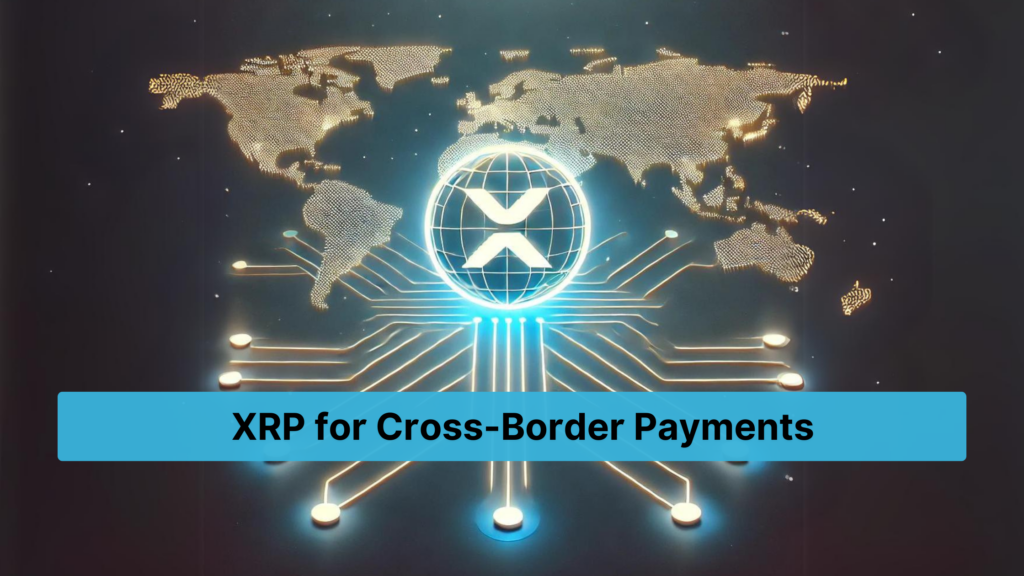
In today’s interconnected global economy, efficient cross-border payments are crucial for businesses of all sizes. However, traditional methods are often slow, costly, and fraught with regulatory challenges. Enter XRP, a cryptocurrency designed to streamline and enhance the process of international transactions. As a leader in the crypto world, XRP offers unique advantages that make it an ideal solution for cross-border payments.
Challenges in Traditional Cross-Border Payments
Traditional cross-border payments face several obstacles:
- High Transaction Fees: Intermediaries and banks often charge hefty fees, eating into profits.
- Slow Processing Times: Transactions can take days to complete, delaying business operations.
- Currency Exchange Issues: Fluctuating exchange rates can complicate transactions and impact profitability.
- Regulatory Hurdles: Navigating the complex web of international regulations can be daunting and time-consuming.
These challenges highlight the need for a more efficient system, and XRP provides a compelling answer.
How XRP Simplifies Cross-Border Payments
XRP addresses the inefficiencies of traditional cross-border payments through several key features:
- Speed and Efficiency: XRP transactions are completed in seconds, significantly faster than traditional banking methods.
- Low Transaction Costs: By eliminating intermediaries, XRP reduces transaction fees, making it cost-effective for businesses.
- Currency Agnosticism: XRP can be exchanged seamlessly between different currencies, simplifying international trade.
- Enhanced Security: Blockchain technology ensures secure and transparent transactions, reducing the risk of fraud.
Integrating XRP with Business Systems
Web3 Enabler plays a pivotal role in helping businesses accept XRP in their existing systems, particularly Salesforce. Here’s how you can get started:
- Set Up a Salesforce Developer Edition: Sign up for a free Salesforce Developer Edition account.
- Install Web3 Enabler: Deploy the Web3 Enabler Blockchain Payments app to your Salesforce environment.
- Configure XRP Payments: Follow the detailed setup guide to integrate XRP payments within your Salesforce CRM.
- Test and Go Live: Use a sandbox environment to test the integration before going live.
By incorporating XRP, businesses can streamline their international payment processes, enhance efficiency, and reduce costs. For instance, a Nigerian export company using Salesforce could expedite its cross-border transactions, bypassing traditional banking delays and currency exchange issues.
Regulatory Considerations and Compliance
While XRP offers numerous benefits, it’s essential to navigate the regulatory landscape carefully. Businesses must ensure compliance with both local and international laws to avoid potential legal issues. Engaging with regulatory authorities and staying updated on the latest regulations can help businesses leverage XRP effectively while maintaining compliance.
Future of Cross-Border Payments with XRP
The future looks promising for businesses adopting XRP for cross-border payments. As blockchain technology continues to evolve, XRP is poised to play a significant role in global finance. Businesses that adopt XRP now will be well-positioned to stay ahead of the competition and capitalize on emerging opportunities.
Conclusion
XRP offers a transformative solution for cross-border payments, addressing the inefficiencies of traditional methods.



![Accepting Crypto Payments in Salesforce [Guide]](https://web3enabler.com/wp-content/uploads/emplibot/salesforce-crypto-payments-hero-1763468205.jpeg)




